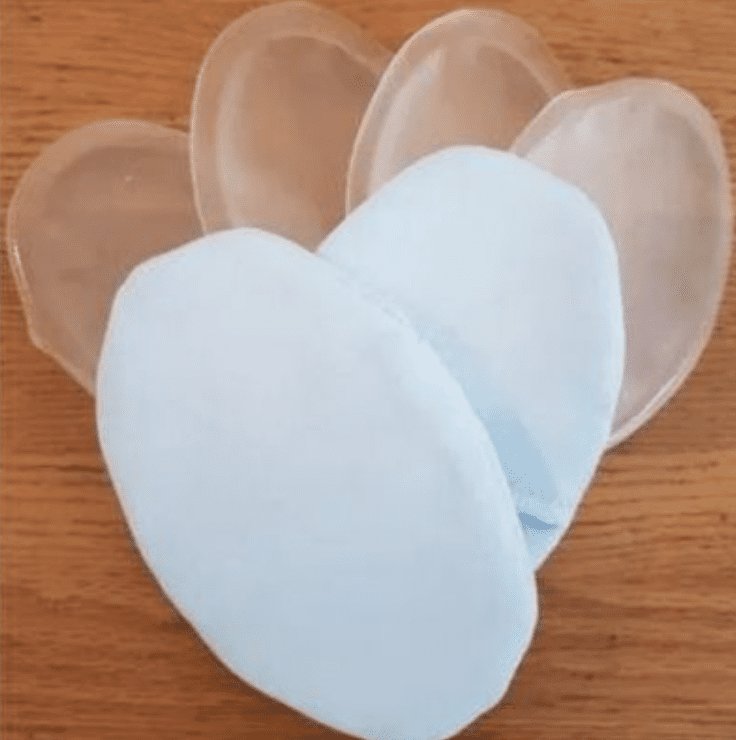Butts, butts, and more butts!
Human beings recognize others by their unique facial features, but for chimps, it’s butts that differentiate one animal from another.
People use something called configural recognition that allows us to process an entire facial structure instead of individual features. This is, obviously, a complex and involuntary ability.
And it’s an ability that chimpanzees have and use – but not to recognize faces. Instead, they use it to recognize each other’s butts.
Researchers from the Netherlands and Japan observed the animals as they examined photographs of primate butts and “matched” them, coupling identical butts on a touch screen. Like humans with faces, they struggled with ones that were upside down, which suggested to the scientists that the same configural recognition process was at play.
The findings were published in PLOS One, and conclude that chimps have evolved to recognize butts instead of faces because they move in groups, which puts them at eye level with each others’ behinds. Not only that, but females rear ends often appear red and swollen during ovulation, meaning males have extra incentive in being able to identify them.
“The findings suggest an evolutionary shift in socio-sexual signaling function from behinds to faces, two hairless, symmetrical and attractive body parts, which might have attuned the human brain to process faces, and the human face to become more behind-like.”
Which makes sense…but is still kind of funny.
And something to think about the next time you’re staring at someone in the grocery store as you try to place them.
It’s awkward and everything, but it could be worse. You could be looking at their butt, instead.
The post No Two Butts Are Alike to Chimpanzees appeared first on UberFacts.



























